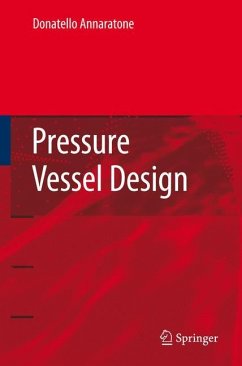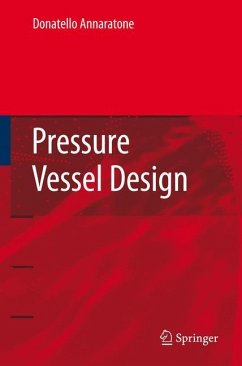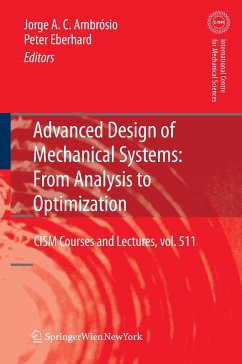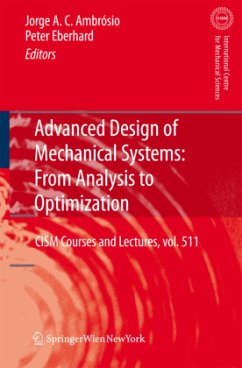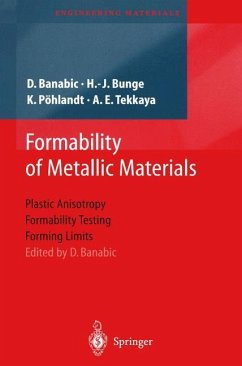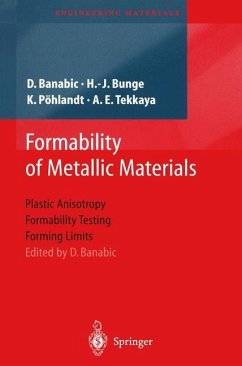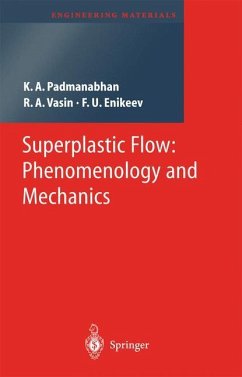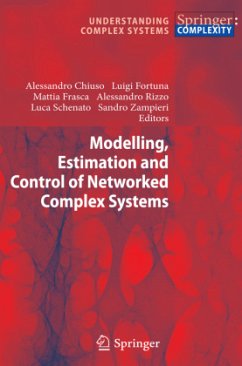
Topology Optimization
Theory, Methods, and Applications
Versandkostenfrei!
Versandfertig in 6-10 Tagen
106,99 €
inkl. MwSt.
Weitere Ausgaben:

PAYBACK Punkte
53 °P sammeln!
"The art of structure is where to put the holes" Robert Le Ricolais, 1894-1977 This is a completely revised, updated and expanded version of the book titled "Optimization of Structural Topology, Shape and Material" (Bends0e 1995). The field has since then developed rapidly with many new contributions to theory, computational methods and applications. This has that a simple editing of Bends0e (1995) had to be superseded by what meant is to a large extent a completely new book, now by two authors. This work is an attempt to provide a unified presentation of methods for the optimal design of topo...
"The art of structure is where to put the holes" Robert Le Ricolais, 1894-1977 This is a completely revised, updated and expanded version of the book titled "Optimization of Structural Topology, Shape and Material" (Bends0e 1995). The field has since then developed rapidly with many new contributions to theory, computational methods and applications. This has that a simple editing of Bends0e (1995) had to be superseded by what meant is to a large extent a completely new book, now by two authors. This work is an attempt to provide a unified presentation of methods for the optimal design of topology, shape and material for continuum and discrete structures. The emphasis is on the now matured techniques for the topology design of continuum structures and its many applications that have seen the light of the day since the first monograph appeared. The technology is now well established and designs obtained with the use of topology optimization methods are in production on a daily basis. The efficient use of materials is important in many different settings. The aerospace industry and the automotive industry, for example, apply sizing and shape optimization to the design of structures and mechanical elements.







